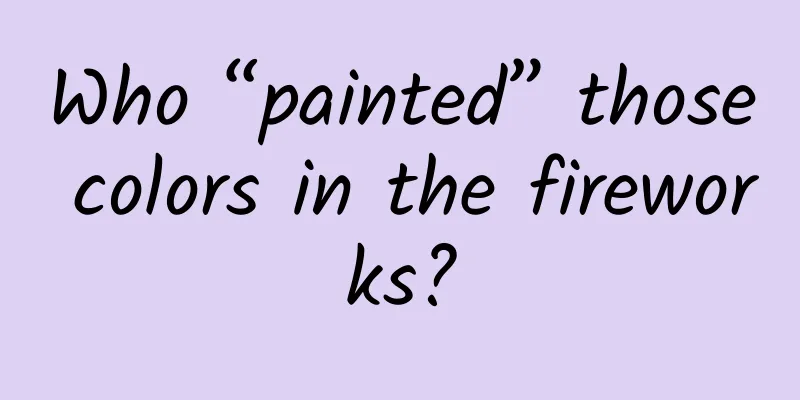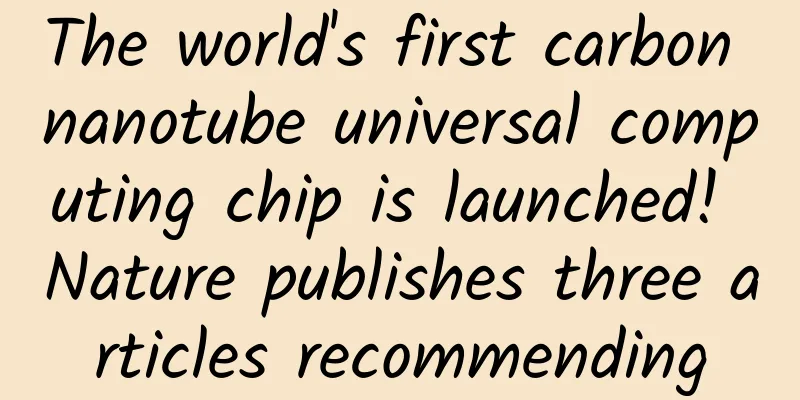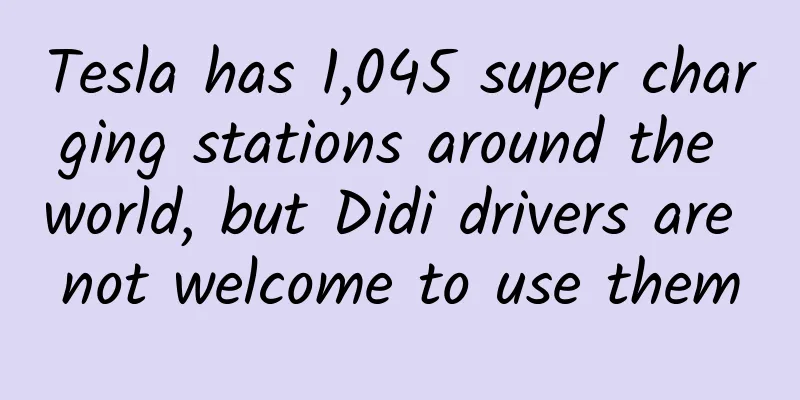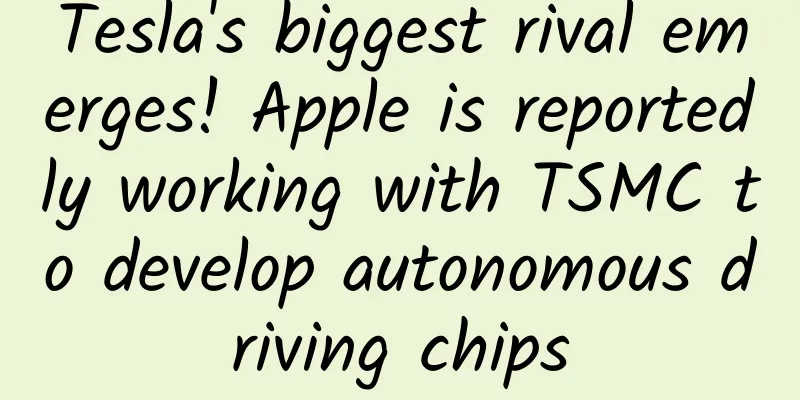Who “painted” those colors in the fireworks?

|
When the colorful fireworks bloom in the dark night, accompanied by a loud "bang", the fireworks soar into the sky. In an instant, red, yellow, purple, blue and other colors of fireworks crisscrossed like falling meteors! When you feel joyful and happy, do you know how these colorful colors are formed? 01 The structure of fireworks Fireworks, also known as fireworks, have existed since the invention of gunpowder. The structures of fireworks and firecrackers are very similar, both use black powder as the lead. The gunpowder explodes in space and sends the fireworks high into the sky. When the gunpowder burns and explodes in the sky, fireworks are formed. 02 Fireworks Effect The reason why fireworks can bloom in a colorful manner is mainly due to the "flame color" reaction. During the process of making fireworks, the production staff will add some metal luminescent agents and colorants in a certain amount. Metallic luminescent agents are mainly aluminum powder and magnesium powder, which will emit dazzling white light when they are fully burned in oxygen. Colorants are mainly some metal compounds. The metals in the metal compounds undergo electronic transitions under high temperature conditions, which will produce light of different colors. Flame color reaction, from left to right are the flame color reaction of potassium permanganate, the flame color reaction of copper sulfate and the flame color reaction of sodium chloride. What is flame reaction? Flame color reaction is also called flame color test and flame color experiment. It is a reaction that makes the flame show special colors when certain metals or their volatile compounds burn in a colorless flame. The principle of flame color reaction is the "identity card" contained in each chemical element - characteristic spectrum. Since some visible spectral lines in the spectrum of elements such as sodium and strontium occupy a dominant position, its flame color reaction is extremely obvious, and colored fireworks usually use these metal elements. Many people think that this is a chemical reaction, but the fact is: flame color reaction is a physical change. Because it does not generate new substances, it is mainly caused by the change of the electron energy level inside the substance, and does not involve changes in the chemical properties and structure of the substance itself. Different types of metal compounds will produce different colors when burning in the air, so we often use the color produced after combustion to identify which metal compound it is. Here are some common colors as examples: the flame color produced when sodium burns is yellow, copper is green, and potassium is usually light purple. However, since potassium is usually doped with sodium, we often use blue cobalt glass for observation. People who make fireworks will cleverly arrange these substances to determine the order of burning. The colorful and brilliant fireworks we see are actually "electrons" dancing. When gunpowder explodes in space, it produces a large amount of gas. Some gases can make pleasant flute and whistle sounds when they pass through the gaps in the nozzles. Some gases have stronger explosion capabilities and can directly shatter the container to produce blasting sounds and "aftershock" buzzing sounds. In layman's terms, the sound effects of fireworks are similar to the principle of wind instruments. Different instruments can produce different timbres under airflow. 03 The invisible killer of the atmosphere: Fireworks are beautiful, but they release a lot of air pollutants during the process. The main components of "acid rain": sulfur dioxide, nitrogen monoxide, nitrogen dioxide, etc., are the gases produced when fireworks are set off. These gases not only harm the atmosphere, but also affect the respiratory and cardiovascular systems of the human body. The history of setting off firecrackers has been about a thousand years. In recent years, due to the rapid increase in population, improper consumption structure and consumption awareness, and the rapid increase in manufacturers, the trend of setting off firecrackers among the people has become popular, resulting in serious air pollution and noise pollution, serious damage to health, and the waste of resources such as paper, gunpowder and luminous materials is also extremely alarming; fires and personal injury accidents are even more common. |
<<: The "Ball 2" digital life plan is revealed. How long will it take for the dream to come true?
Recommend
Wu Jing's 20 movies collection with high definition Chinese subtitles
Wu Jing, born on April 3, 1974 in Beijing, gradua...
Former Tencent Data Director: The basic APP data analysis system that operators must master
Introduction: In Internet companies, any APP must...
5 ways to promote your app
Now when you open the app store, whether it is fr...
People infected with both COVID-19 and influenza have appeared. Will the condition worsen? How should we respond?
According to media reports on January 2, Israel r...
From which angles should we plan the timing of operational activities?
To determine the goal of an activity, it is neces...
Small but strong convection, how difficult is it to accurately report it?
Produced by: Science Popularization China Author:...
It’s too hot! Even the trees are starting to move | Environmental Trumpet
Hello everyone, this is the 15th issue of the Env...
China's automakers' exports grew 103% amid chip shortages, and will achieve independent automotive chip production in the future
Under the influence of the epidemic, global semic...
Heart regeneration is no longer a dream? Please "patch" the failing heart
The heart is one of the most important organs in ...
「Black Hat SEO Optimization」Achao SEO has a complete set of SEO optimization processes for foreign trade websites!
"Black Hat SEO Optimization" Achao SEO ...
Shenzhen WeChat Mini Program merchant entry process, how to activate the mini program?
When developing an e-commerce mini program , more...
Chinese Traditional Medicine Day | Do you know who are the top ten famous doctors in Chinese history?
END Editor: Guru...
It changed color and also changed gender...
Welcome to Northern Plants. Today I will introduc...
Bird "hybrids" are rare enough, but how come there are also hermaphroditic birds?
Many readers know that many caged hibiscus bird l...







![A 300 yuan CD repair project that has recently become popular. If you master the technology, you can make thousands of yuan a day [Tutorial + Software]](/upload/images/67cc0abc2487a.webp)

